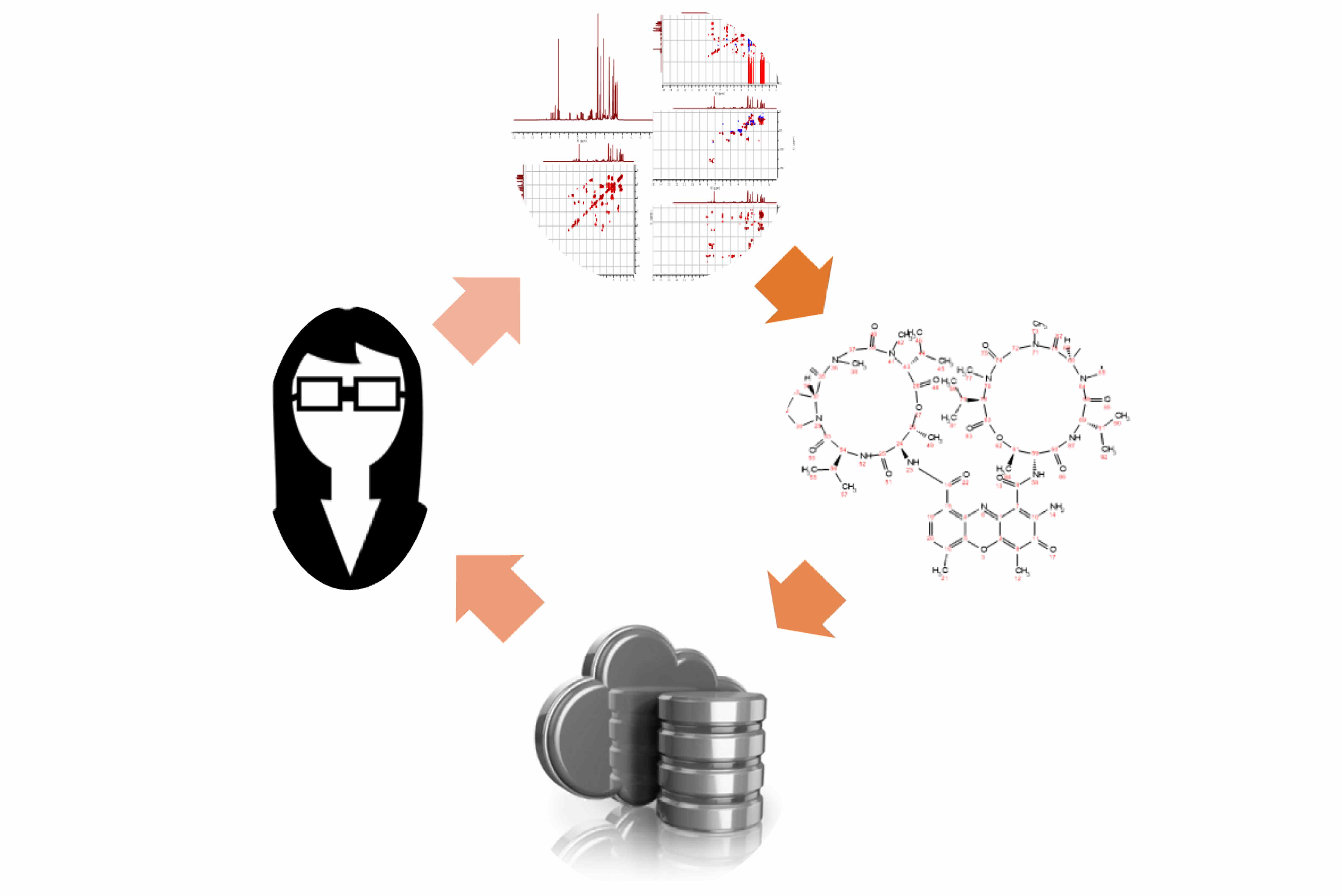Autonomous driving in NMR

| Title: | Autonomous driving in NMR |
| Authors: | Manuel Perez |
| Date: | 2017/01/01 |
| Reference: | MRC – Volume 55, Issue 1, January 2017, Pages 15–21 |
| DOI: | 10.1002/mrc.4546 |
| Download link: | http://onlinelibrary.wiley.com/doi/10.1002/mrc.4258/abstract |
ABSTRACT
The automatic analysis of NMR data has been a much-desired endeavour for the last six decades, as it is the case with any other analytical technique. This need for automation has only grown as advances in hardware; pulse sequences and automation have opened new research areas to NMR and increased the throughput of data. Full automatic analysis is a worthy, albeit hard, challenge, but in a world of artificial intelligence, instant communication and big data, it seems that this particular fight is happening with only one technique at a time (let this be NMR, MS, IR, UV or any other), when the reality of most laboratories is that there are several types of analytical instrumentation present. Data aggregation, verification and elucidation by using complementary techniques (e.g. MS and NMR) is a desirable outcome to pursue, although a time-consuming one if performed manually; hence, the use of automation to perform the heavy lifting for users is required to make the approach attractive for scientists. Many of the decisions and workflows that could be implemented under automation will depend on the two-way communication with databases that understand analytical data, because it is desirable not only to query these databases but also to grow them in as much of an automatic manner as possible. How these databases are designed, set up and the data inside classified will determine what workflows can be implemented. Copyright © 2016 John Wiley & Sons, Ltd.

